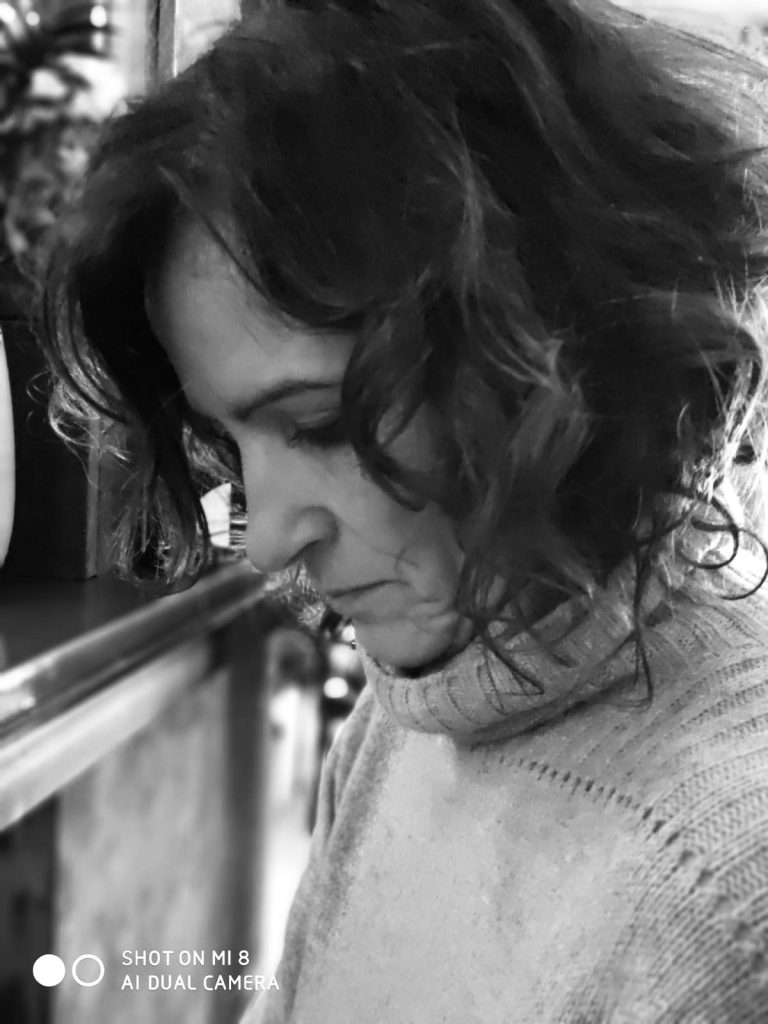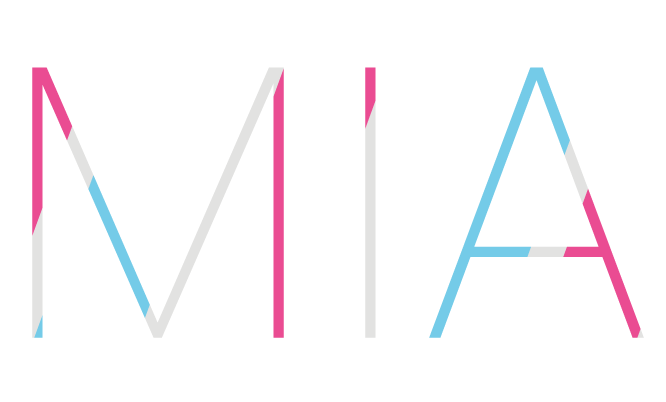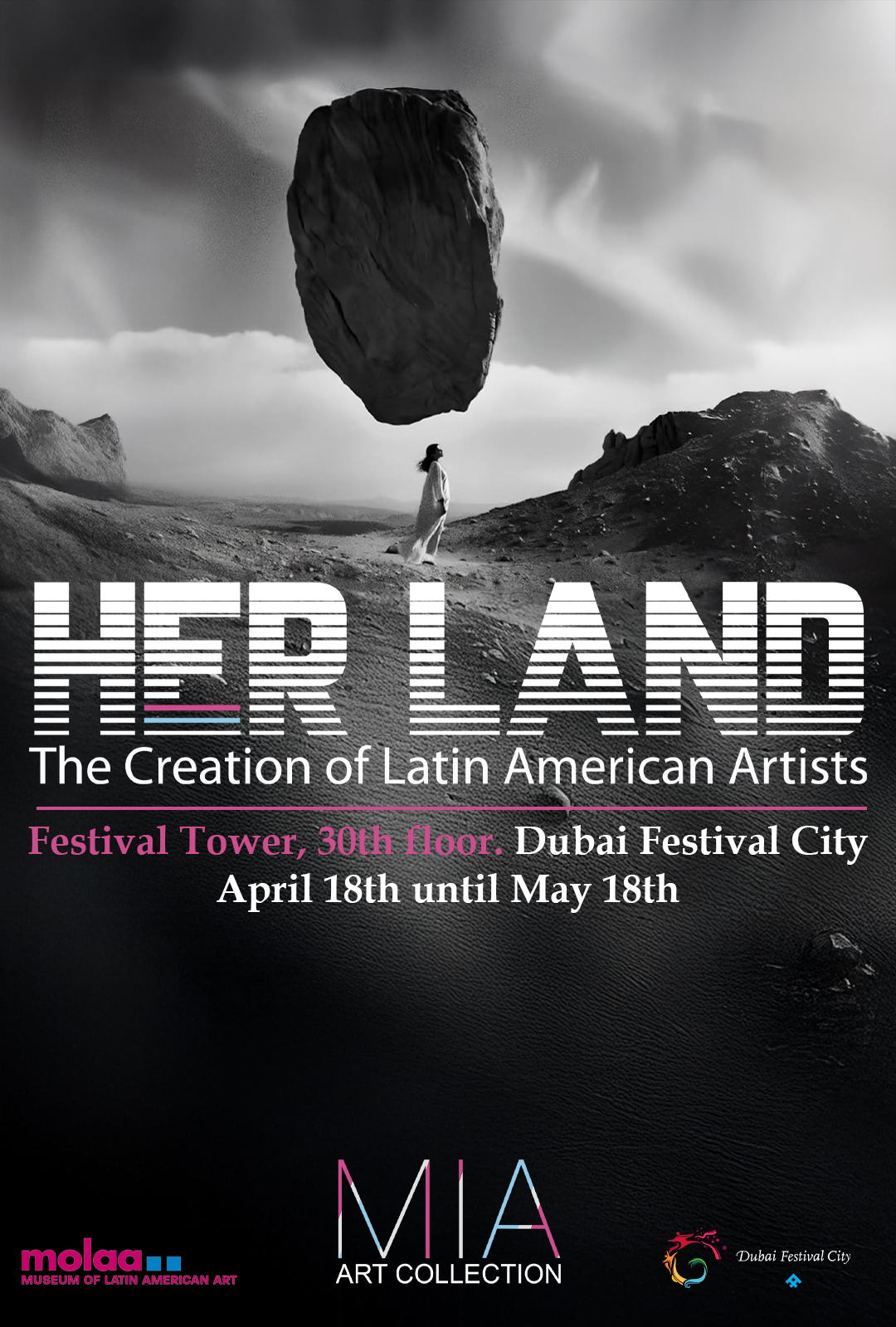By Bastian Marin, August 1st

At the end of my studies in Art History and passing through the Prado Museum as my first work experience, I changed course and launched into entrepreneurship. Art never abandoned me, but enriched everything that started. Immersive experiences have always motivated me, organizing plastic art exhibitions accompanied by music programming, literary presentations, debates; in short, out-of-the-ordinary meetings where culture flows freely.
1.How did you become a curator and art historian?
I am interested in historical reading from an artistic perspective, I am interested in the transformation of societies thanks to their artists and how they have been able to interpret each vital and historical moment. The curator’s work was a gift, after several years installing exhibitions in the spaces that I managed, I had the opportunity to hold an exhibition for the Spanish Institute of Language. It fascinated me as an experience. Being a curator allowed me the possibility of creating a discourse through the artists I like to establish a dialogue with the viewer to get excited.
2. What has professional development in the art world meant in your life?
As far as my memory reaches, the guide of my life is art. My vacations and trips have always been motivated by a visit to some artistic space, buildings, institutions, mythical meeting places for artists. The fact of being able to dedicate myself to what gives me oxygen to live, I take as a privilege.
3.Ritual, Rites is the new MIA Anywhere art show curated by you, what does it propose on an artistic level and why that name?
The name is determined by the work of the four artists who participate in the exhibition. They all have rituals at the center of their work. They usurp these traditional liturgies to shed their meaning first. They appropriate these symbols to transform their meaning, to liberate themselves as women and as individuals.
To compel reflection and historical review.
Between the works of these women, so different from each other, not only in the plastic but also in their artistic position, synergies are created, communication threads that make them strengthen by creating a kind of sorority. They are from different geographical points, they go from hedonism to activism but they seek to empower themselves, visualize themselves, show that they are here to stay.
4.What were the reasons for selecting Ritual’s curatorship, Rites?
I am fascinated by the world of rituals; as something that even each of us does in his day to day, when getting up or when starting to work. These gestures can become universal and remain over time. I think they also have a perverse side that justifies historical horrors and horrors committed against women. The courage of these artists in taking these same yokes to transform them into something aesthetic is admirable.
5. From your perspective, how do you see the development of curatorships that are related to art and feminism in the world and in your country?
The current situation seems conducive to committed art, the possibility of making women’s work visible is already revolutionary. It is the best time, historically speaking, for women in Western society, although this does not mean that it is a good time, only that it was worse before. The work done has its fruits, but you do not have to let your guard down. Art is an ideal way to expose these problems, unfortunately not the same freedom to express oneself in all parts of the planet.
6. What is your opinion regarding the digitization of art exhibitions and the role of museums like Mia Anywhere in this type of initiative?
At the time that the possibility of digitizing culture appeared, it was sold as a way to make it accessible to all. The reality is not like that, there is a large part of the population that does not have access to the network or that are digital illiterates. The part of the population that has internet access enjoys these advantages. There is a lot of free and open culture. The example of Mia Anywhere is a democratization test, the possibility of seeing an exhibition without going through the box office, at any time, as many times as you want is incredible. The chance as a curator to do work that can be seen around the world is fascinating. Obviously, the physical experience of art is irreplaceable, but the virtual experience is a great experience, it is special.
7. What do you think of the democratization of art through digitization?
Digitization as an instrument, like most instruments is neither good nor bad, it is the use that determines its convenience. The possibilities that digitization brings us are endless, although it does not replace physical experience, it opens the doors to experiences not yet imagined.
8. What reflection do you think the pandemic leaves in the art world?
The pandemic in general, since art does not exist as a separate state, shows us the fragility of the human being and of our world. In a few days we have been able to see how even the things that we had as immovable pillars can totter under the effect of a tiny entity. For those who were not aware, it has become clear that man does not occupy the center of the universe.
9. How important is the role of the MIA Art Collection?
In poetic language I would say that it was a breath of fresh air. The reality is that in the hardest moments of confinement the population has turned to culture, has used literature, theater, music, art…. Mia Art Collection has channeled this need, linking it to the need to support the artist now more than ever. It has been a table of salvation and hope.

